International
Oldest human relative walked upright 7 mn years ago: study
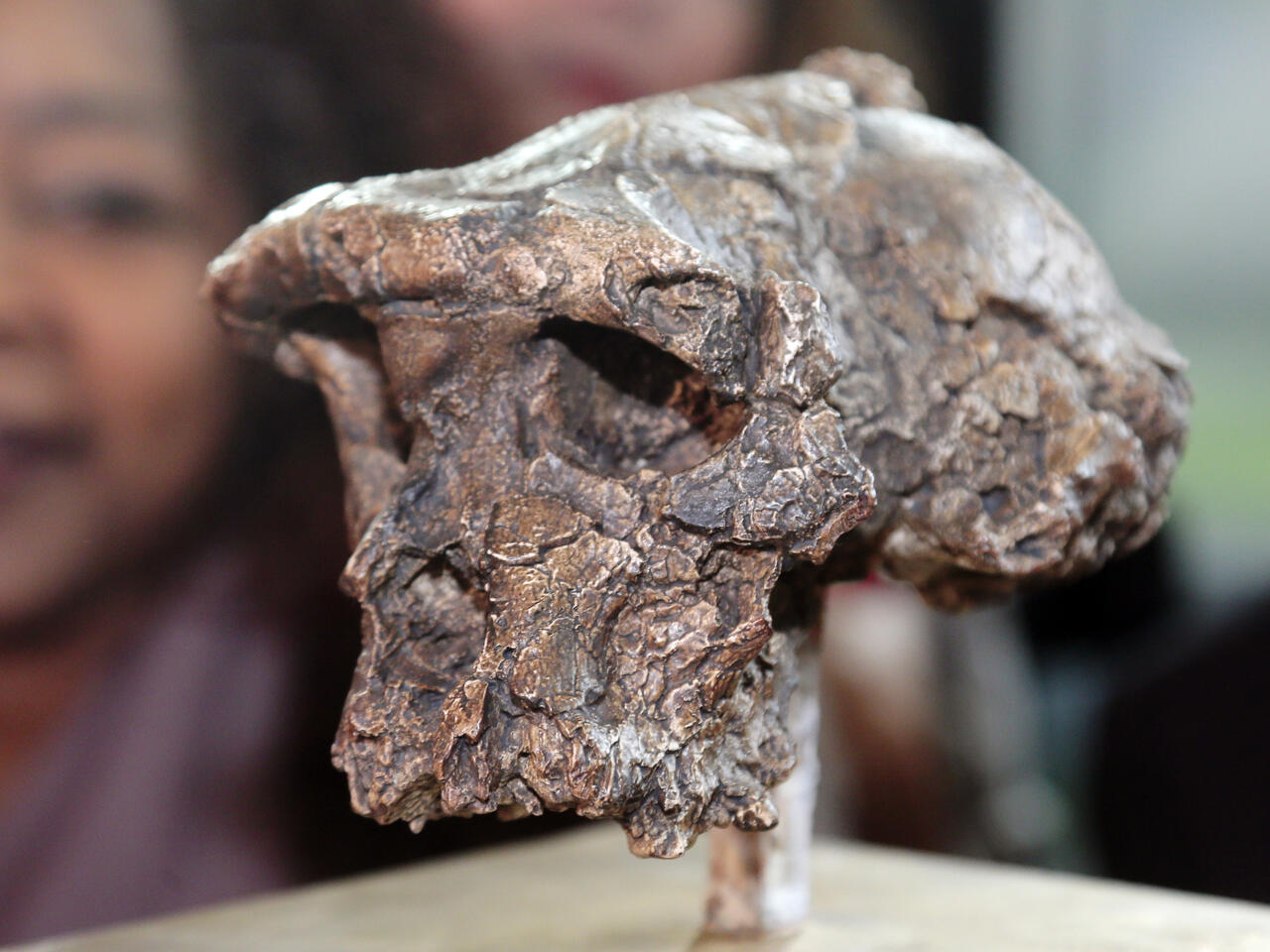
AFP
The earliest known human ancestor walked on two feet as well as climbing through trees around seven million years ago, scientists said Wednesday after studying three limb bones.
When the skull of Sahelanthropus tchadensis was discovered in Chad in 2001, it pushed back the age of the oldest known representative species of humanity by a million years.
Nicknamed “Toumai”, the nearly complete cranium was thought to indicate that the species walked on two feet because of the position of its vertebral column and other factors.
However the subject triggered fierce debate among scientists, partly due to the scarcity and quality of the available bones, with some even claiming that Toumai was not a human relative but just an ancient ape.
In a study published in the Nature journal on Wednesday, a team of researchers exhaustively analysed a thigh bone and two forearm bones found at the same site as the Toumai skull.
“The skull tells us that Sahelanthropus is part of the human lineage,” said paleoanthropologist Franck Guy, one of the authors of the study.
The new research on the limb bones demonstrates that walking on two feet was its “preferred mode of getting around, depending on the situation,” he told a press conference.
But they also sometimes moved through the trees, he added.
– ‘Not a magical trait’ –
The leg and arm bones were found alongside thousands of other fossils in 2001, and the researchers were not able to confirm that they belonged to the same individual as the Toumai skull.
After years of testing and measuring the bones, they identified 23 characteristics which were then compared to fossils from great apes as well as hominins — which are species more closely related to humans than chimpanzees.
They concluded that “these characteristics are much closer to what would be seen in a hominin than any other primate,” the study’s lead author Guillaume Daver told the press conference.
For example, the forearm bones did not show evidence that the Sahelanthropus leaned on the back of its hands, as is done by gorillas and chimpanzees.
The Sahelanthropus lived in an area with a combination of forests, palm groves and tropical savannahs, meaning that being able to both walk and climb through trees would have been an advantage.
There have been previous suggestions that it was the ability to walk on two feet that drove humans to evolve separately from chimpanzees, putting us on the path to where we are today.
However the researchers emphasised that what made Sahelanthropus human was its ability to adapt to its environment.
“Bipedalism (walking on two legs) is not a magical trait that strictly defines humanity,” paleontologist Jean-Renaud Boisserie told the press conference.
“It is a characteristic that we find at the present time in all the representatives of humanity.”
– Our ‘bushy’ family tree –
Paleoanthropologist Antoine Balzeau of France’s National Museum of Natural History said the “extremely substantial” study gives “a more complete image of Toumai and therefore of the first humans”.
It also bolstered the theory that the human family tree is “bushy”, and was not like the “simplistic image of humans who follow one another, with abilities that improve over time,” Balzeau, who was not involved in the research, told AFP.
Daniel Lieberman, a professor of human evolutionary biology at Harvard University, said in a linked paper in Nature that the study’s “authors have squeezed as much information as possible from the fossil data”.
But he added that the research will not offer “full resolution” of the debate.
Milford Wolpoff, a paleoanthropologist at the US University of Michigan cast doubt on whether Toumai is a hominin, telling AFP that “extraordinary claims require extraordinary evidence”.
Wednesday’s study was carried out by researchers from the PALEVOPRIM paleontology institute, a collaboration between France’s CNRS research centre and Poitiers University, as well as scientists in Chad.
Guy said the team hopes to continue its research in Chad next year — “security permitting”.
Chadian paleontologist Clarisse Nekoulnang said the team was “trying to find sites older than that of Toumai”.
International
Maduro, Delcy Rodríguez sued in Florida over alleged kidnapping, torture and terrorism
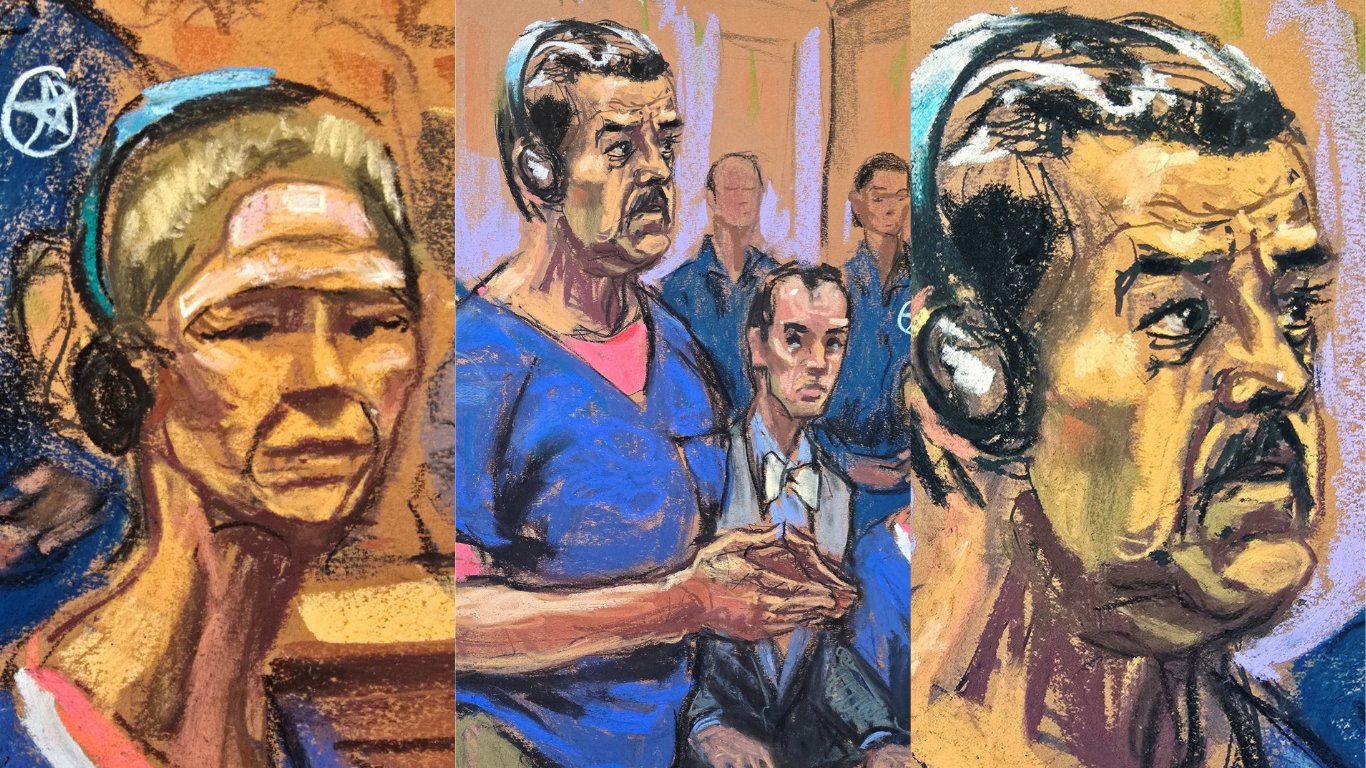
U.S. citizens have revived a lawsuit in Miami against Venezuelan President Nicolás Maduro following his capture, as well as against Vice President and now acting leader Delcy Rodríguez and other senior Chavista officials, whom they accuse of kidnapping, torture, and terrorism.
The plaintiffs — including U.S. citizens who were kidnapped in Venezuela and two minors — filed a motion over the weekend before the U.S. District Court for the Southern District of Florida asking the court to declare the defendants in default for failing to respond to the lawsuit initially filed on August 14, 2025, according to court documents made public on Monday.
The case, assigned to Judge Darrin P. Gayles, accuses the Venezuelan leaders of violating the U.S. Anti-Terrorism Act (ATA), the Florida Anti-Terrorism Act, and the Racketeer Influenced and Corrupt Organizations Act (RICO).
In addition to Maduro and Rodríguez, the lawsuit names Venezuelan Defense Minister Vladimir Padrino López; Attorney General Tarek William Saab; Interior Minister Diosdado Cabello; former Supreme Court Chief Justice Maikel Moreno; and National Assembly President Jorge Rodríguez.
The complaint also lists the state-owned oil company Petróleos de Venezuela (PDVSA) and former Electricity Minister Néstor Reverol as defendants.
According to the filing, Maduro “committed flagrant acts of terrorism against U.S. citizens,” citing the criminal case in New York in which Maduro and his wife, Cilia Flores, appeared in court for the first time on Monday following their arrest on Saturday.
The lawsuit claims that the plaintiffs “were held captive by Maduro” with “illegal material support” from the other defendants, whom it identifies as members of the Cartel of the Suns, a group designated by the United States as a terrorist organization last year.
International
U.S. faces worst flu season in decades as new strain spreads nationwide
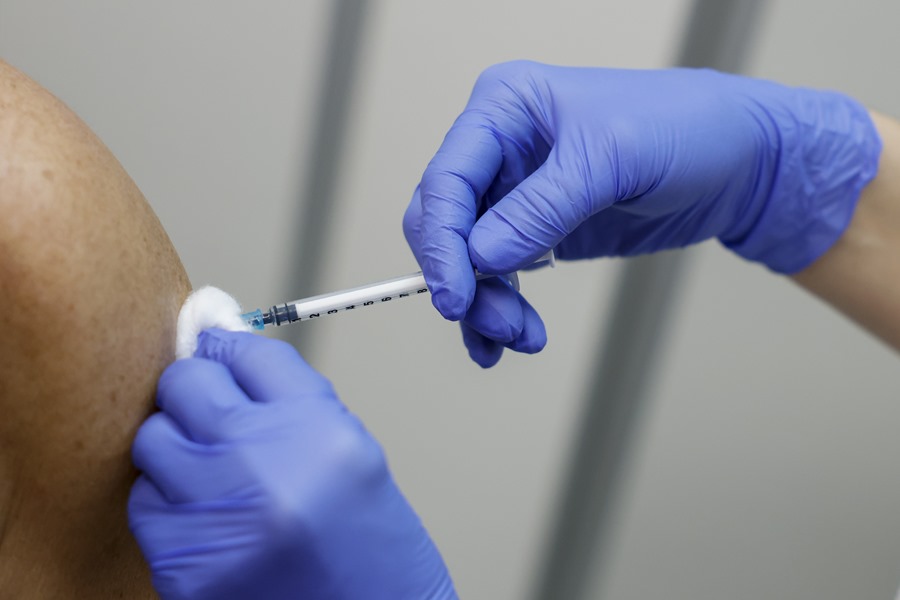
The flu continues to take a heavy toll across the United States, with all but four states reporting high or very high levels of activity as a new viral strain known as subclade K continues to spread.
According to another key indicator — doctor visits for fever accompanied by cough or sore throat, common flu symptoms — the U.S. is experiencing its highest level of respiratory illness since at least the 1997–98 flu season, based on data released Monday by the Centers for Disease Control and Prevention (CDC).
“This is definitely a standout year,” said Dr. Caitlin Rivers, an epidemiologist and senior scholar at the Johns Hopkins Center for Health Security. “It’s the worst we’ve seen in at least 20 years. Most of the country is experiencing very high levels of activity, and we are still near the peak.”
Rivers noted that it is unusual to see such a severe flu season following another poor season the previous year, as intense seasons typically do not occur back to back.
Nationwide, approximately 8.2% of doctor visits during the final week of the year were for flu-like symptoms. At the same point last season — which was also severe — that figure stood at 6.7%.
In Massachusetts, where flu activity is reported as very high, health officials urged residents to get vaccinated.
“This is a moment for clarity, urgency, and action,” said Dr. Robbie Goldstein, Commissioner of Public Health, in a press release. “These viruses are serious, dangerous, and potentially deadly. We are seeing critically ill children, families grieving devastating losses, and hospitals under strain due to capacity.”
International
U.S. Energy Secretary to meet oil executives on reviving Venezuela’s crude industry
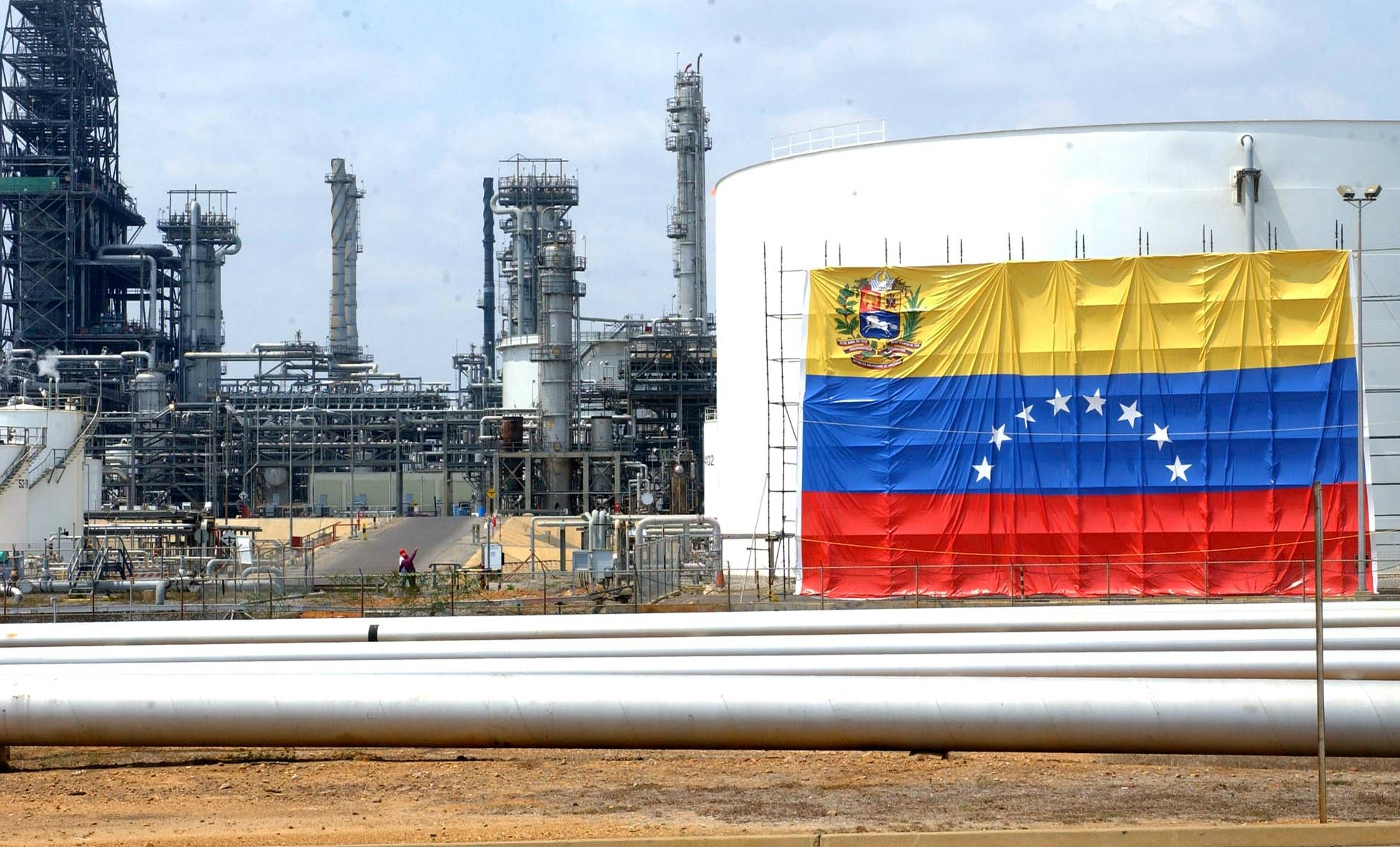
U.S. Secretary of Energy Chris Wright is set to meet this week with executives from the American oil industry to discuss how to revive Venezuela’s crude oil sector, according to multiple media reports.
The meeting will take place on the sidelines of an energy conference organized by investment banking group Goldman Sachs in Miami.
Senior executives from major U.S. oil companies, including Chevron and ConocoPhillips, are expected to attend the symposium.
Venezuela holds the world’s largest proven oil reserves, estimated at 300 to 303 billion barrels, representing roughly one-fifth of known global reserves.
Following the controversial operation carried out on Saturday to detain Venezuelan President Nicolás Maduro, U.S. President Donald Trump has placed renewed emphasis on control over and exploitation of Venezuela’s vast oil resources.
-
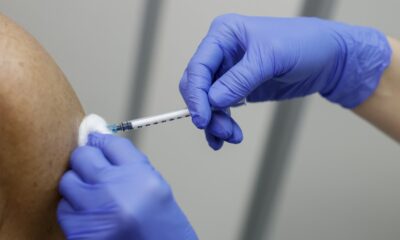
 International1 day ago
International1 day agoU.S. faces worst flu season in decades as new strain spreads nationwide
-
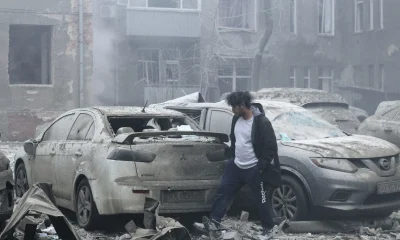
 International5 days ago
International5 days agoMissile attack hits Kharkiv homes, leaving 13 wounded
-
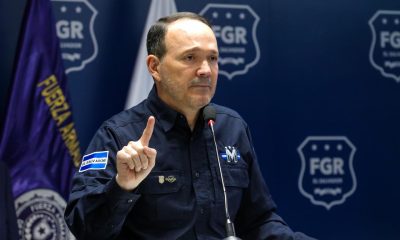
 Central America2 days ago
Central America2 days agoEl Salvador reports safest year in its history, security cabinet says
-

 International5 days ago
International5 days agoCanada’s prime minister Mark Carney to join Ukraine peace talks in Paris
-

 International4 days ago
International4 days agoTrump signals possible expansion of U.S. regional policy beyond Venezuela
-

 International4 days ago
International4 days agoWorld leaders react to U.S. attacks on Venezuela, sparking global divide
-

 International2 days ago
International2 days agoDelcy Rodríguez, key figure in U.S.-Venezuela transition, remains under EU sanctions
-

 International3 days ago
International3 days agoMarco Rubio warns Cuba could be Trump administration’s next target
-

 International1 day ago
International1 day agoMaduro, Delcy Rodríguez sued in Florida over alleged kidnapping, torture and terrorism
-

 International2 days ago
International2 days agoChina urges immediate release of Maduro, seeks emergency UN security council meeting
-

 International5 days ago
International5 days agoSheinbaum evacuates National Palace after 6.5-magnitude earthquake hits Southern Mexico
-

 International1 day ago
International1 day agoColombia to maintain anti-drug cooperation with U.S. after Trump remarks
-

 International1 day ago
International1 day agoFlorida’s ‘Tidal Wave’ operation detains 10,400 migrants in largest ICE joint effort
-

 International1 day ago
International1 day agoU.S. Energy Secretary to meet oil executives on reviving Venezuela’s crude industry
-

 International1 day ago
International1 day agoColombia says border with Venezuela remains calm after U.S. arrest of Maduro
























